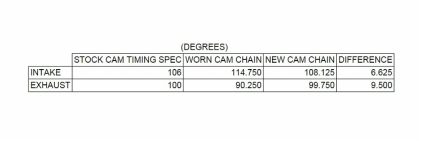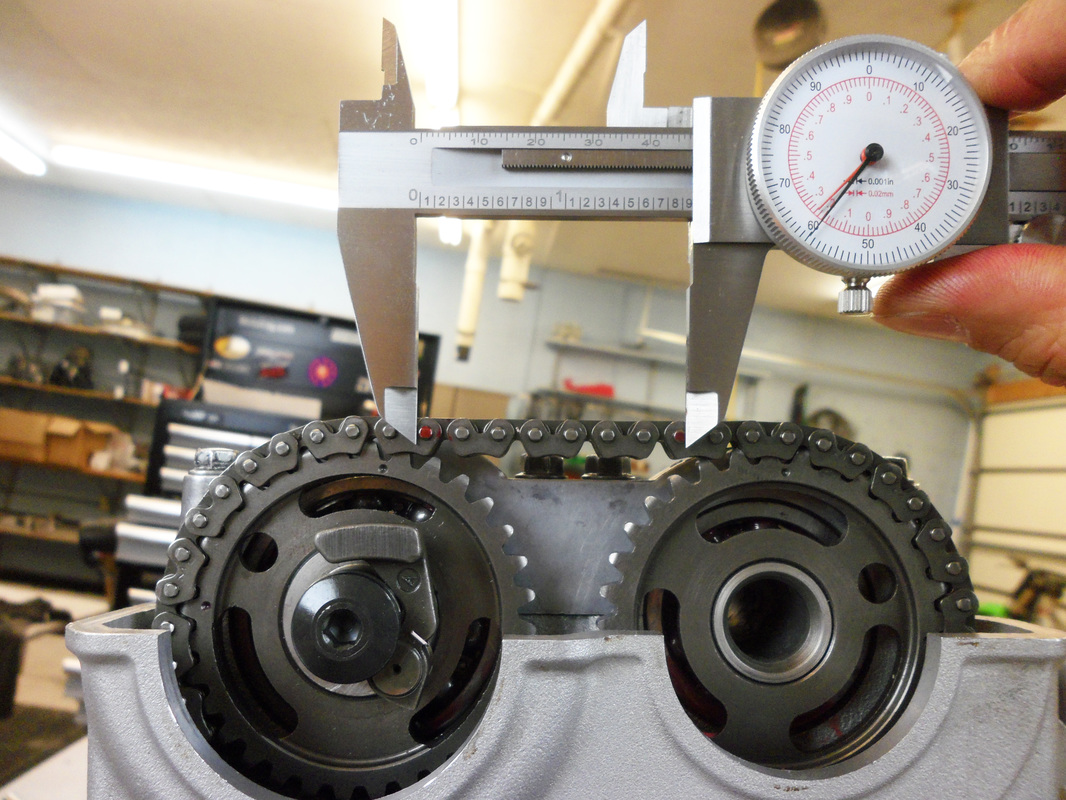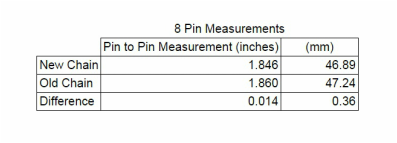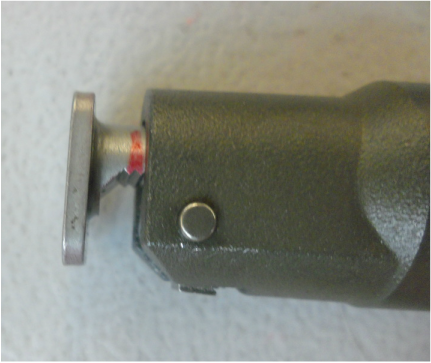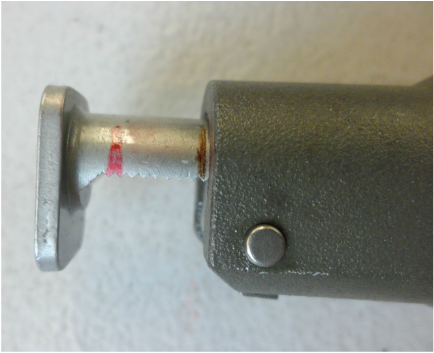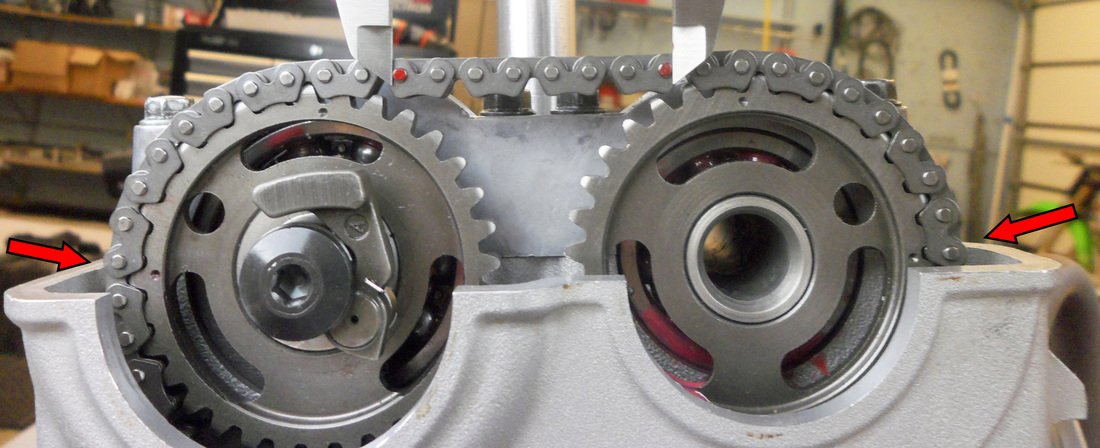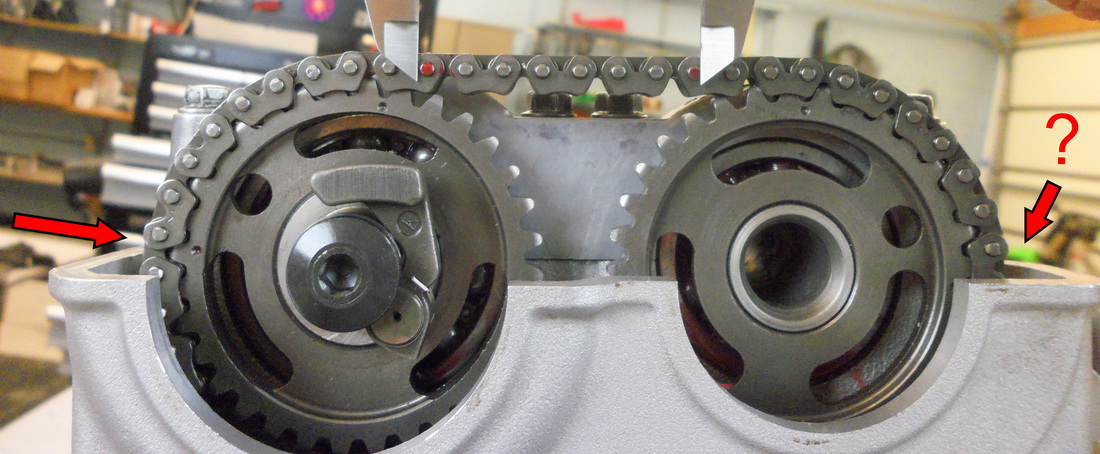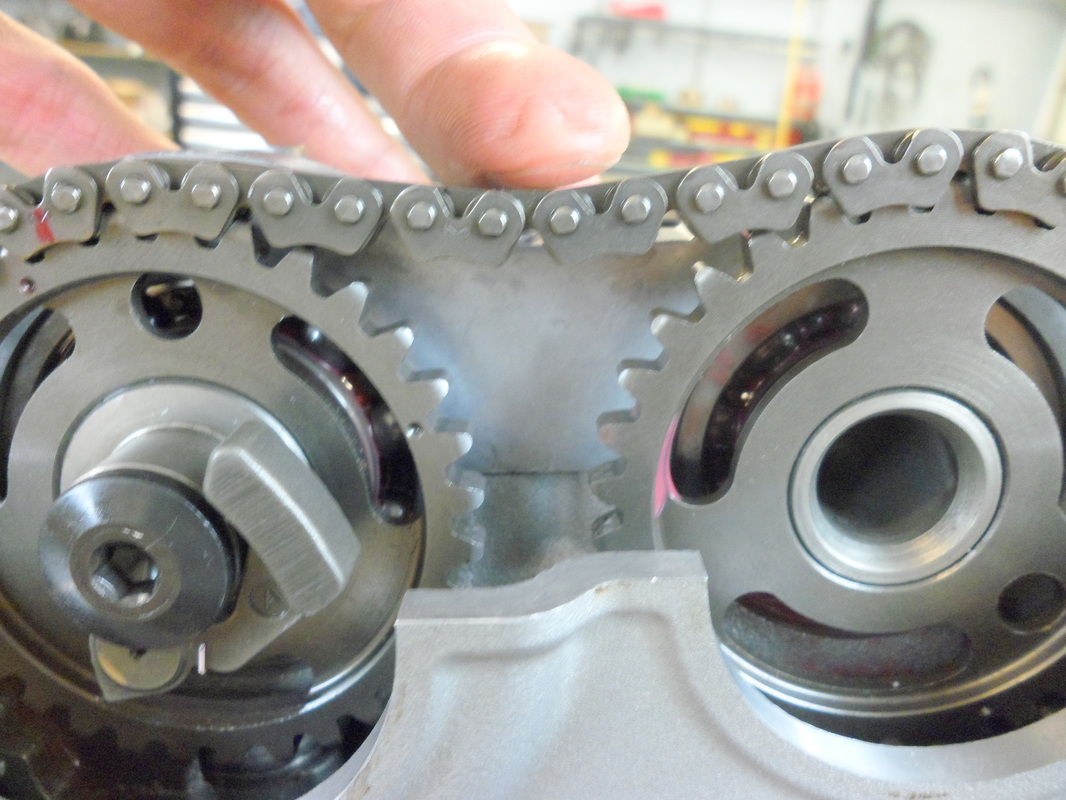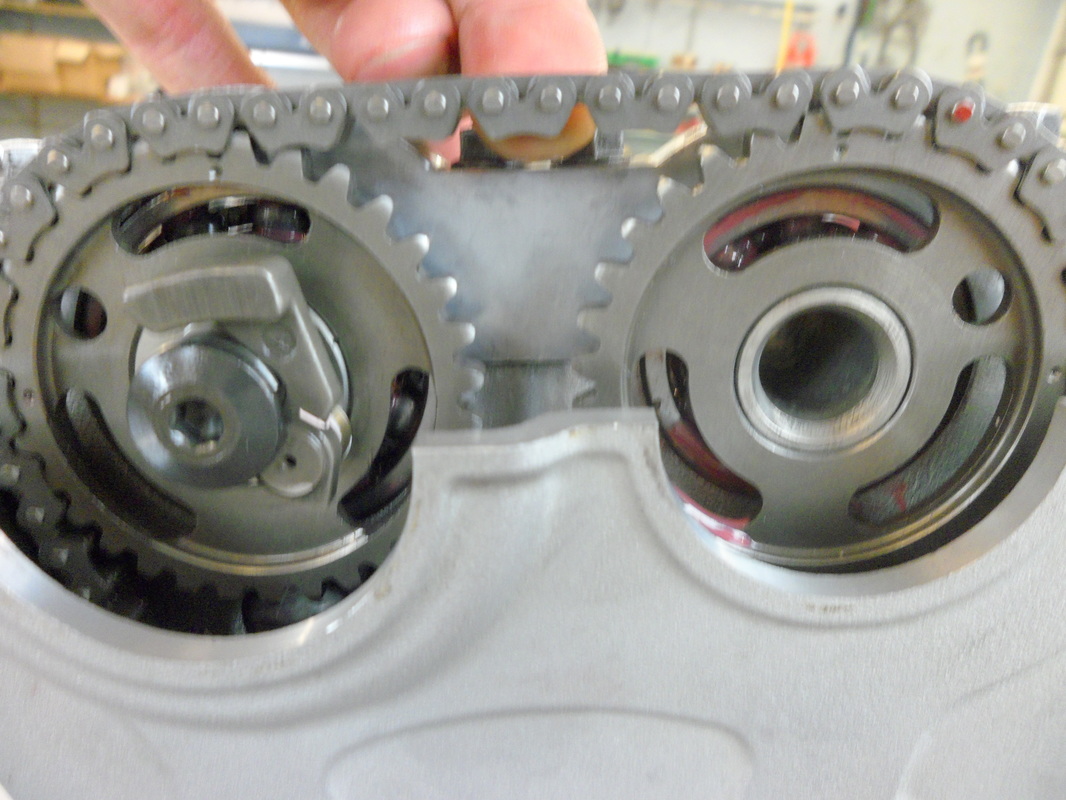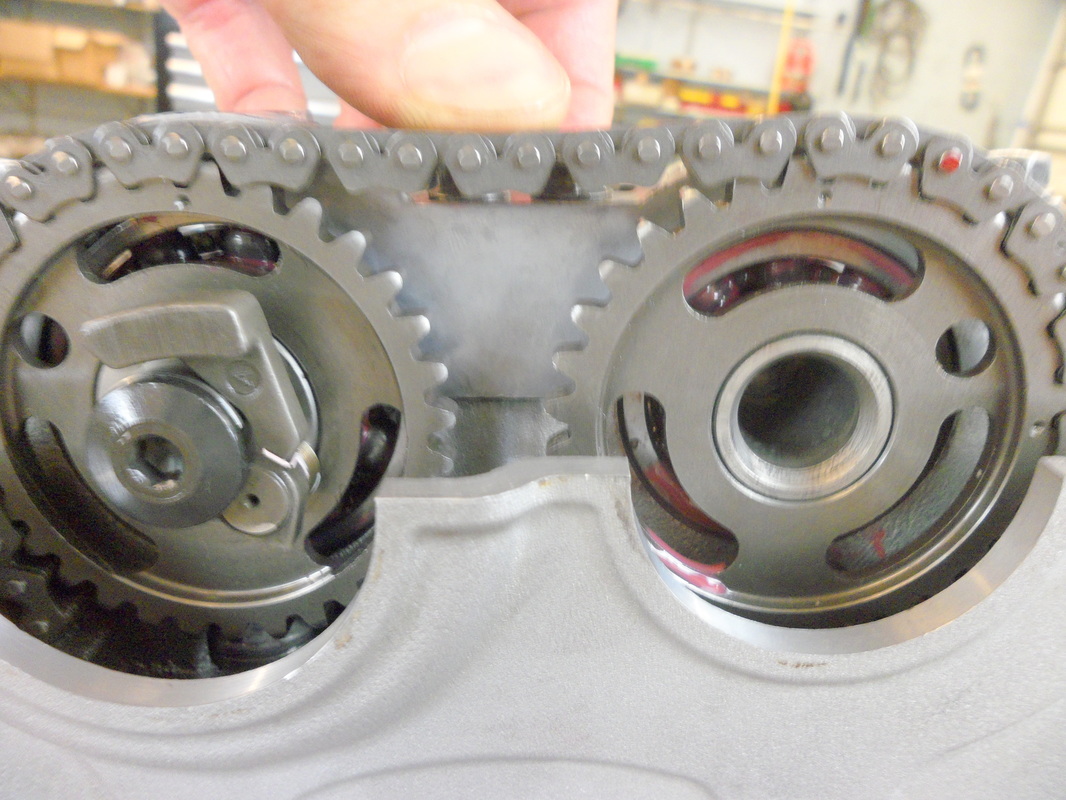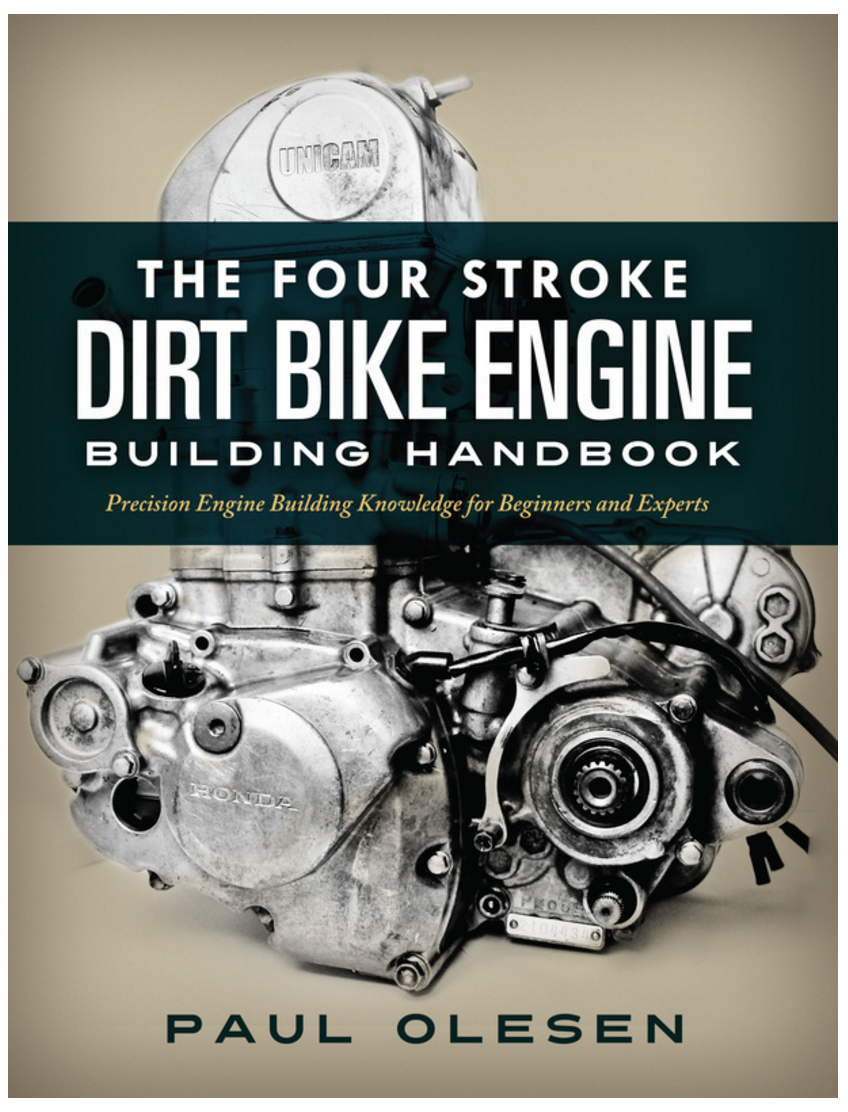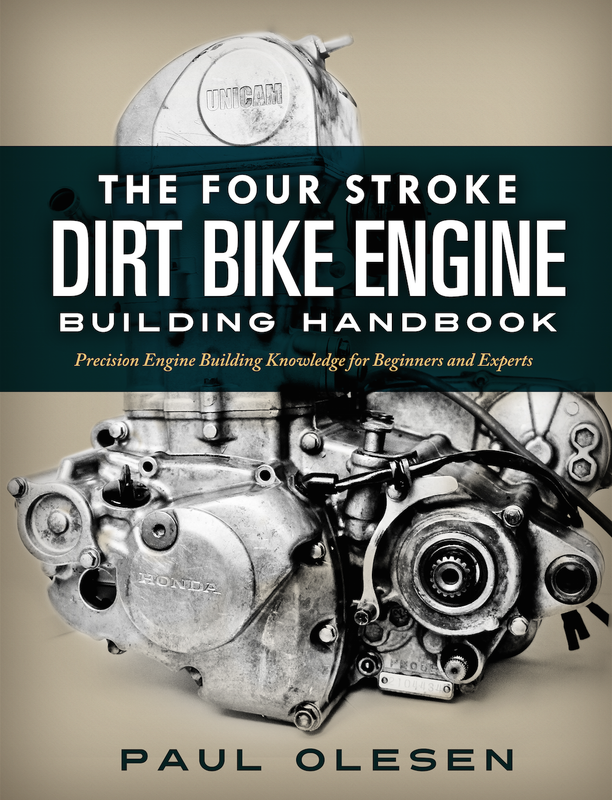Just like the drive chain, timing chains elongate, fatigue, and wear out. Luckily, they are not subject to dirt and mud, are bathed in an oil bath, and their overall environment is much better. Before I get into it, one misconception I want to clear up right away is that the timing chain doesn’t technically stretch. Instead, the pins and rotating elements of the chain wear. When the pins wear they become smaller and their mating holes grow larger leading to increased clearances and chain length.
When an engine is run with a worn timing chain engine performance is compromised and the likelihood of related failures is greatly increased (think chain tensioner). The three main problems are less precise valve control, cam timings that are off, and increased chain slack within the valvetrain. On stock engines where clearance between the piston and valves is plentiful less precise valve control normally won’t be a problem nor will severely out of spec cam timing. However, on performance engines set up with aftermarket cams which reduce the clearance between the piston and valves, lack of valve control and incorrect timing can lead to valves that befriend the piston.
When I was working on a Kawasaki KX250F engine build I took the time to do some comparisons which illustrate the differences you will see between a new and worn out cam chain. First, with the worn chain installed I checked the cam timing. Then I installed the new chain and rechecked the timing. In the table below you can see the intake cam timing was retarded by 6.625° and the exhaust by 9.50° when compared to the new cam chain timing values. For the average weekend warrior this may not seem like much but in terms of performance engines this is miles off the mark!
Method 1 - The Pin to Pin Measurement
Once the total number of pins is known a measurement across a set number of pins is taken with the chain installed. I like to span around 6 - 8 pins between the sprockets on a twin cam engine. Unicam engines are trickier and the number of pins you can measure is usually less. It is important to try and measure across multiple pins because the variation between new and old chain measurements will be more pronounced this way. With the new chain installed I measure 1.846” (46.89mm) across eight pins. This is my benchmark measurement and is what I will compare all future measurements to.
8 pin segments which fit into a 114 pin chain = 114/8 = 14.25
Once I have determined how many 8 pin segments fit into a 114 pin chain I can multiply this value by the change in length between the two chains to determine the total length the chain has increased.
Total Chain Length Increase (inches) = 0.014" x 14.25 =0.200"
Total Chain Length Increase (mm) = 0.36 x 14.25 =5.13mm
The calculated increase is accurate since this is about the difference in length I saw when I laid the chains side by side and measured them. If you aren’t familiar with what changes in length are acceptable this example can be considered one on the far end of the spectrum. The engine had been seriously neglected and wasn’t in real good shape.
Method 2 - What Does the Chain Tensioner Say?
In the image below I marked the plunger position with the new chain installed. As you can see the plunger is hardly extended and the second tooth on the plunger is engaged.
Method 3 - Alignment Marks and Feel
Here, with the old chain installed there is roughly 6-8mm of slack when I pull up on the chain.
If you have additional tips and tricks relating to cam chain wear I’m all ears. Be sure to comment below!
Liked this post and want more Dirt Bike Tech info?
For those of you who want to know even more about your engine and are performing your own maintenance, check out my book on engine building, The Four Stroke Dirt Bike Engine Building Handbook. This 300+ page book is full of practical engine building knowledge you can use on your next major or minor overhaul.
If you want more blog posts like this one, sign up for our eNewsletter by entering your info below. We will send you weekly tech and maintenance tips and keep you up to date on all things dirt bike! |
Sign me up for the eNewsletter!
I'm ready to take my dirt bike knowledge to the next level.


